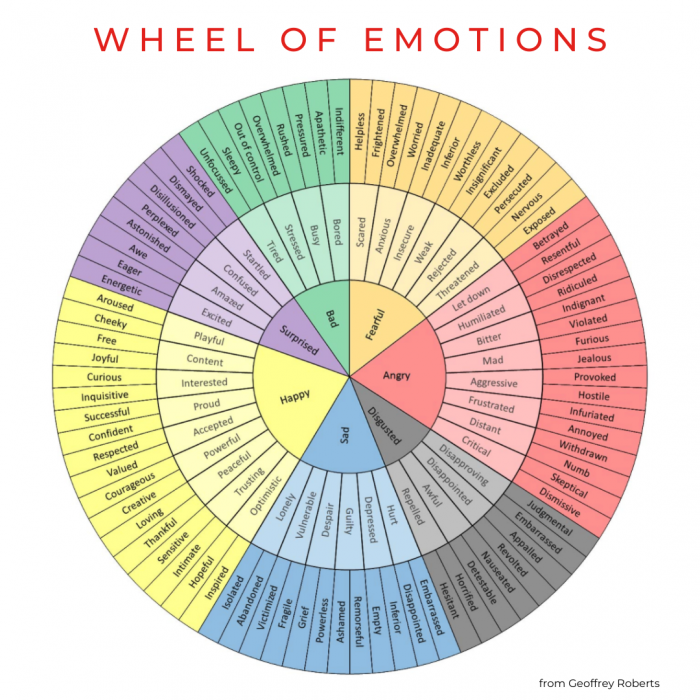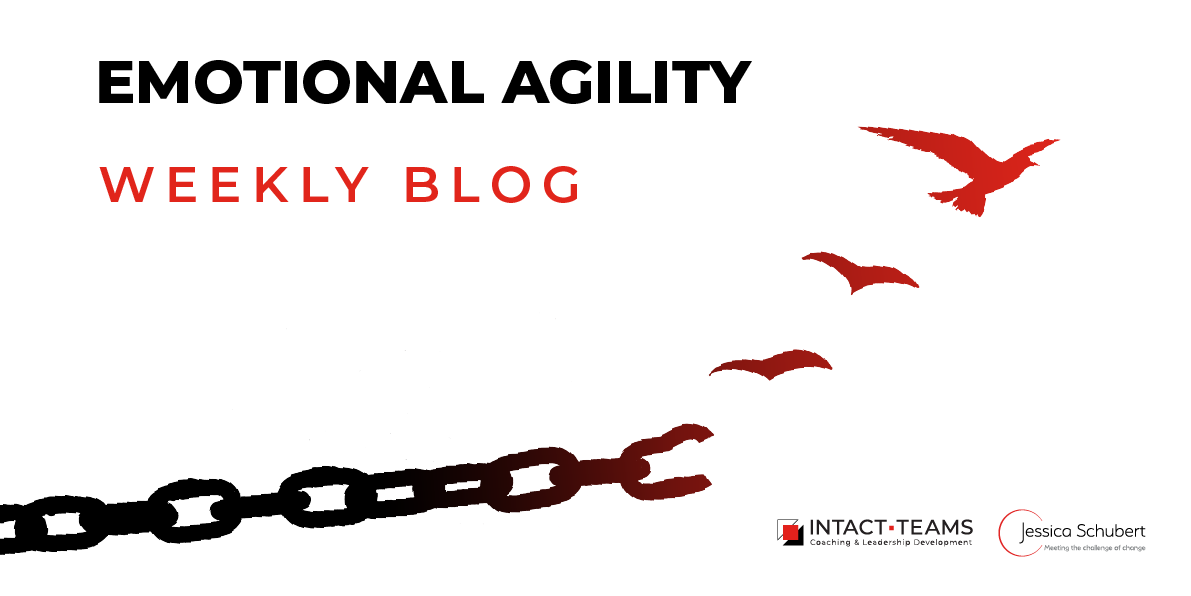‘The prevailing wisdom says that difficult thoughts and feelings have no place at the office: Executives, and particularly leaders, should be either stoic or cheerful; they must project confidence and damp down any negativity bubbling up inside them.’
This is how Susan David’s HBR article about emotional agility starts. And this is how many of my clients perceive their workplace cultures.
I am coaching a leader in the banking industry, Michelle, who has taken on a new role recently. She is based in Melbourne, Australia and a single mum home schooling her 8-year-old son during lockdown. She broke down in our last coaching session relieved to be able to able to open up the floodgates of tears and open up to me where no judgement or prejudice prevails.
She said to me: ‘I am so angry. I feel exhausted and stressed. I work 12-hour days and am trying to be there for my son as well. But it’s relentless, the pressure is increasing and so is the amount of work. I am trying to keep it together, but every bit of negative feedback or criticism makes me want to burst out in tears in meetings. But I know it’s not accepted in our corporate lives.’
So Michelle suppresses her emotions and fights them on a daily basis. And it’s counter productive. In fact, ample research shows that attempting to minimize or ignore thoughts and emotions serves only to amplify them.
What Michelle experiences is not an isolated case. ‘All healthy human beings have an inner stream of thoughts and feelings that include criticism, doubt, and fear. That’s just our minds doing the job they were designed to do: trying to anticipate and solve problems and avoid potential pitfalls.’ Susan David says. And what I observe coaching hundreds of leaders all over the world is that people are not ok. They are struggling, not just with day-to-day workloads and pressures but also with sitting in struggle and managing their emotions.
‘Leaders stumble when they are paying too much attention to their internal chatter and allowing it to sap important cognitive resources that could be put to better use.’
– Susan David
What Michelle figured out when we reflected on her interactions with her stakeholders is that she is getting caught up in her emotions interpreting what’s being said as negative feedback that matches her inner chatter. She sees every piece of criticism as ‘I am not performing. I am not doing my job right. I am not good enough.’ She realised that, in fact, there is no evidence that this is actually the truth. Michelle is getting hooked by her thoughts and emotions like a fish caught on a line.
Positive Thinking Doesn’t Work
Another example of how emotions can get in our way is what Adam Fraser calls the Happiness Movement. Our perception of positive emotions being good and negative emotions being bad has perverted our relationship with struggle. Managing your emotions well means not judging them but ‘sitting in discomfort’, accepting them and acting anyway.’ Realising that you don’t have to feel positive to take action is a big a-ha moment for many people when working on increasing their resilience and emotional agility.
What is emotional agility?
Emotional Agility is a process designed by David that allows us to embrace all emotions as important sources of information that we can use to learn about our internal processes and patterns without being overpowered by them.
In a nutshell, it’s about avoiding judgement of our emotions as negative or positive but rather label them in a way that we can make meaning of them so they don’t overpower us. Emotional agility means we develop greater emotional flexibility, we introduce choice into the equation and, therefore, we can use our values and intentions to do the steering of our personal and professional lives.
Numerous studies, from the University of London professor Frank Bond and others, show that emotional agility can help people alleviate stress, reduce errors, become more innovative, and improve job performance.
Strategies for emotional agility:
01 Recognise Your Patterns
Notice when you get hooked by your thoughts and feelings. For example, when your thinking becomes rigid, your interpretation of feedback creates negative stories and you constantly seem to be overwhelmed by emotions.
02 Name it to Tame It
Label your emotions. It helps you to see your feelings for what they are. Use the Wheel of Emotion to find the right label.

03 Sit In Discomfort
Be comfortable with what feels like ‘struggle’ and accept your emotions. They are not bad or good, they are just what they are. When you accept your emotions, you take the pressure of changing or fighting them. Take deep breaths and notice what’s happening in the moment.
04 Reframe Your Story
When you notice that your inner critic is louder than your inner champion, take a seat on the ‘balcony’ and evaluate what is actually happening around you. Reframing is not positive thinking but it’s changing the stories you are telling yourself.
Michelle worked with all of the strategies above, first recognising patterns that didn’t’ serve her. She then labelled her emotions and she realised that the anger she was feeling was ‘furious and annoyed’, two labels that helped her to alleviate the rawness of the initial anger she thought she was feeling and that opened up options for her. She also changed the stories she was telling herself and created space to take on feedback with curiosity and accept challenges.
Developing emotional agility takes time and means changing habits. I encourage you to work with your coach if you feel the overwhelm Michelle has been experiencing lately.
‘Emotions serve a purpose. They signal to ourselves what we need. They signal our values.’ – Susan David
Do you want to chat about emotional agility in further detail? Email me on jessica@intactteams.com to chat about how we can work together.








